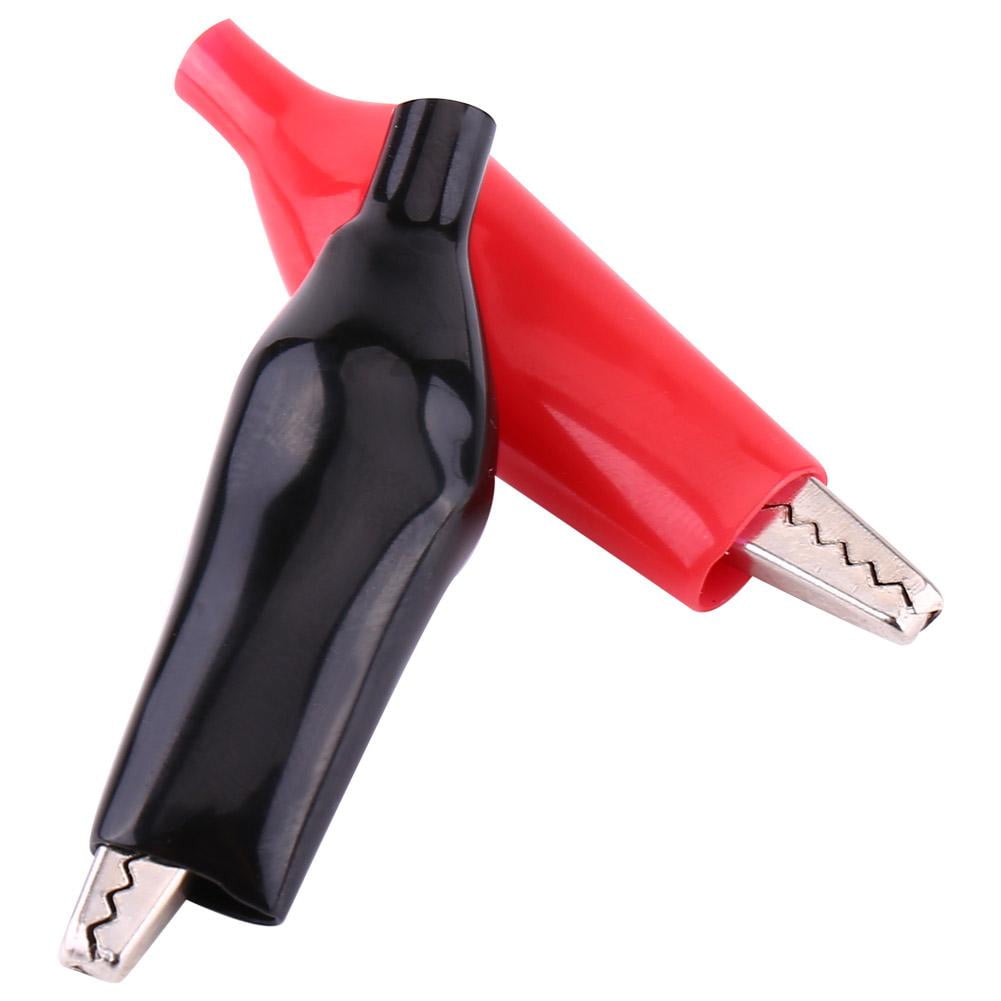
Permanent battery sulfation can cause a variety of issues including: Visually from the outside you may not notice any difference in the battery appearance so the best way to find out if it is sulfation is to test the battery’s standing voltage with a multi-meter, if the voltage is less than 12.6 volts for an AGM battery or 12.4 volts for a starter battery it is a clear indication that the battery is undercharged which could be the result of sulfation. The most common sign that a battery could be sulfated is when it does not hold a charge very well or doesn’t hold a charge at all, other signs include the battery going dead long before expected or electronic devices not getting the required power they need (ie dim headlights, weak AC, slow start-up). If your battery is suffering from sulfation you will start to notice a decrease in the efficiency of the battery.
#Car battery indicator black full
Off-grid renewable applications such as wind and solar can also suffer from sulfation due to their intermittent nature not guaranteeing a full charge to the battery. This can be due to short or infrequent journeys not giving the battery sufficient time to charge. However, sulfation will build-up quicker when the battery is deprived of a full charge, under charged, stored at high temperatures, not used (charged and discharged) for prolonged periods of time or it if is stored without being fully charged first.īattery sulfation is the most common cause of early battery failure in lead acid batteries.Īpplications which can suffer from battery sulfation more frequently than others include starter batteries for cars and powersport vehicle. WHAT CAUSES A SULFATED BATTERY?Īll lead acid batteries will suffer from sulfation during their lifetime as it is part of the chemical reaction of a battery. At this stage restoration of the battery, or reversal of the sulfation, is highly unlikely and as a result the battery will suffer the effects of permanent sulfation. Permanent sulfation builds-up when a battery has been in a low state-of-charge for weeks or months. If a fully charged battery can hold a stable voltage profile on discharge there is a chance a reversal is possible, however if the voltage drops rapidly with load it is highly unlikely that it will be able to be reversed. There has been some research into inverse charging for the recovery of sulphated lead acid batteries which can be found here if of interest.Īn indication whether a lead acid battery sulfation can be reversed or not is visible on the voltage discharge curve.
#Car battery indicator black professional
If sulfation is recognised early enough you can sometimes reverse the sulfation of the battery, this is something that should only be carried out by an experienced professional as can involve overcharging the battery and increasing the battery temperature. Fortunately their names are self-explanatory and imply the effects of sulfation to the battery. There are two types of sulfation in lead acid batteries, reversible (also referred to as soft) and permanent (also referred to as hard).

The issue with sulfation occurs when the larger lead sulfate crystals become permanent.


During normal use of the battery the formation of lead sulfate crystals is only temporary, they disperse during the recharging process.


 0 kommentar(er)
0 kommentar(er)
